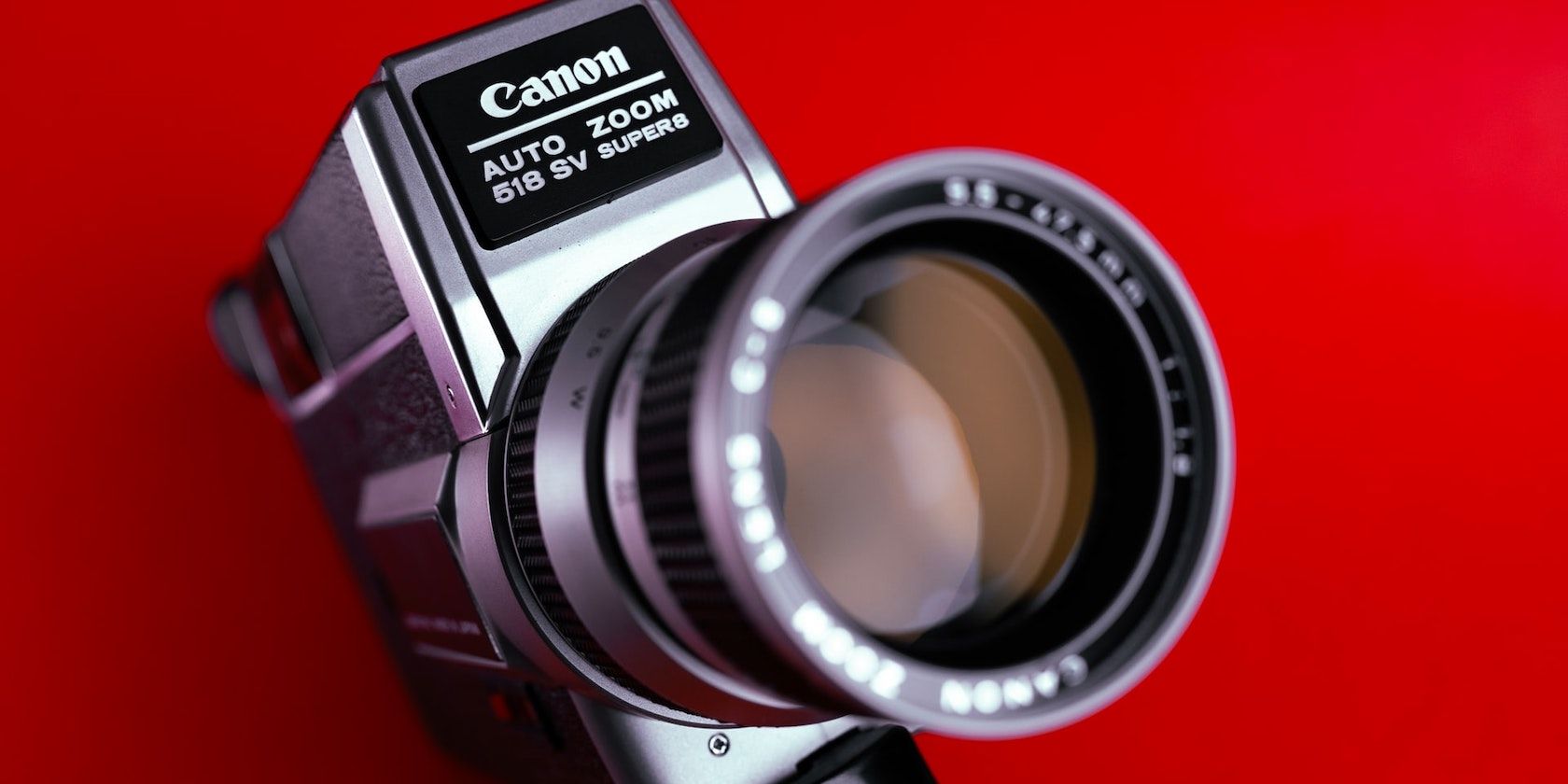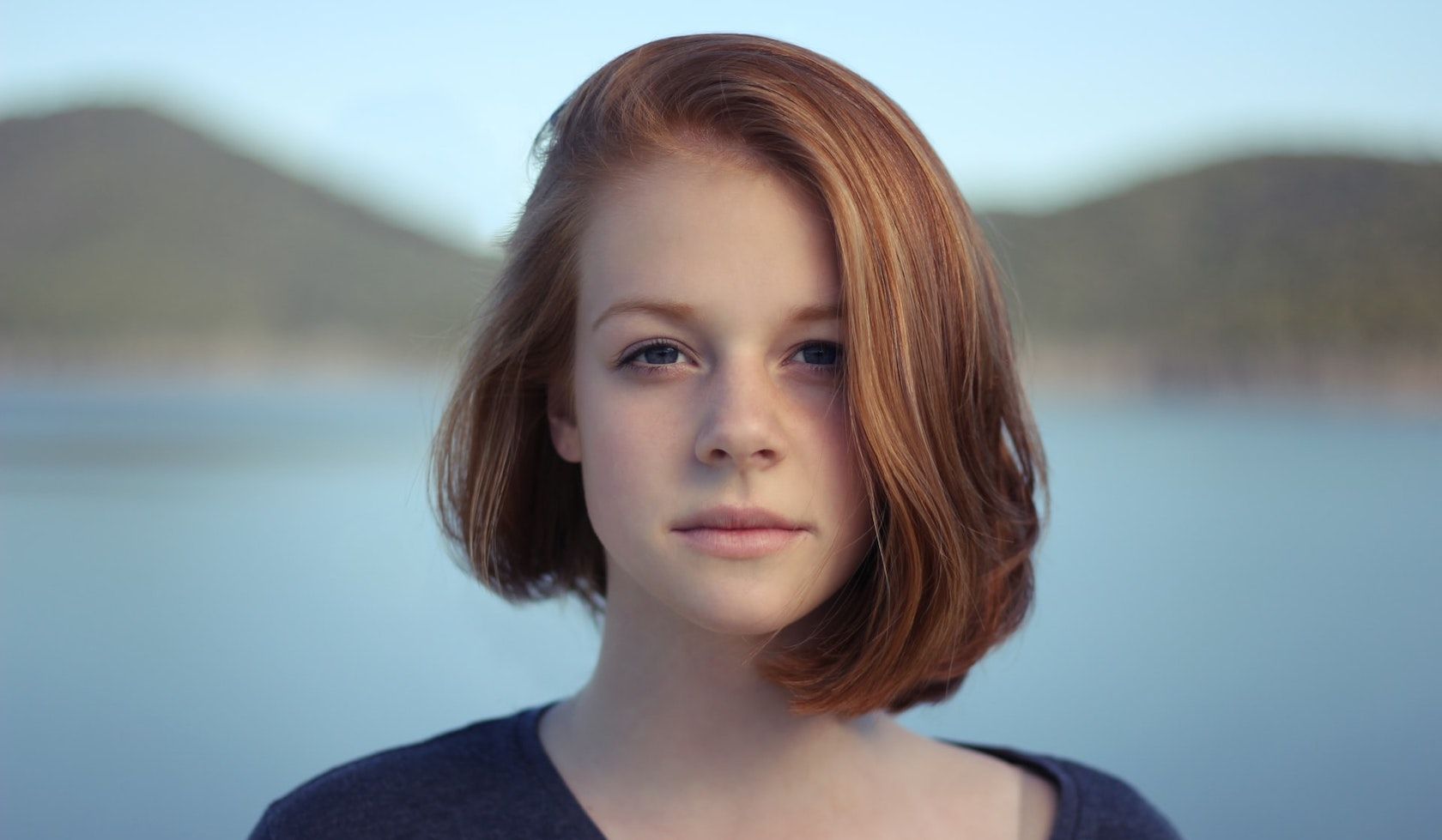A close-up shot in film and television is a type of shot that tightly frames a character's face or an important detail in a scene. You've likely seen this shot used countless times to deliver iconic scenes in films, but don't think it's limited to big-budget productions.
If you want to create great TikTok clips or develop your YouTube video skills, then you need to know all about how to film a close-up shot, and why you would want to use it in the first place.
What Is a Close-Up Shot?
The close-up shot has a few variations, but in general, it's used to closely frame a person's face or a prop. The main focus is on the facial expressions or object details, as all the other things in the scene are blurred in the background or out of the shot entirely.
While a standard close-up shot usually frames the head and neck (sometimes the shoulders), there are a few other types worth knowing about.
An extreme close-up shot, for example, is when the camera is so close to the subject that only small details are visible, like a person's lips or eyes.
A medium close-up, on the other hand, is when the camera is a little less zoomed in, this time framing the upper body and head of a person.
When it comes to close-up shots of objects, props, or details in a scene, that is called an insert shot.
How to Capture a Great Close-Up Shot
Often times a long lens is used at close range, or zoomed in, to capture this type of shot. You can use a 70-100mm lens, for example, which will create a shallow depth of field when you zoom in on a subject. In other words, you can make a person's face stand out in crisp detail, while the surrounding background is blurred.
You can enhance your close-up shot by using the rule of thirds to position the subject. By making sure that you choose the right focus mode on your camera, you can ensure that you get a nice and sharp image.
Why Use a Close-Up Shot?
The close-up shot is so versatile that it can be used by virtually anyone. The reason you want to make use of this shot is that it's a fantastic way to convey emotion and reveal important details. And if you're an amateur filmmaker, it's also a great way to save money building a set because you don't need to show a lot of background scenery.
Below we'll talk about some of the most compelling reasons why you should use the close-up shot.
Conveying Emotion
A close-up shot of someone's face shows the audience every subtle detail of emotion. The right moment to use a close-up is when you want to highlight just how important a person's reaction is.
In the video below, a medium close-up is used throughout the reaction video, because the whole point is to see just how excited the host is about an upcoming movie.
Revealing Details
Close-up shots in film aren't always about the face. Another way to use the close-up shot is to reveal special details on an object that is too small to see otherwise.
One place this works especially well is in product review videos. The audience wants to see exactly what the product looks like before buying, so a combination of standard and extreme close-ups is perfect.
TikTok cooking videos use the close-up shot all the time to emphasize just how delicious the food is. You can use it to show the slow gooey drip of melted cheese or to highlight the shiny gloss on saucy pasta. This trick is used in fast food advertisements all the time, as well as home cooking shows, to showcase the best and most tasty details of a dish.
When to Use a Close-Up Shot
It's a good idea to think about the right moment to use a close-up shot for the greatest impact. That might be at a turning point in a story, or at a climactic moment.
In a short film, a close-up shot can be used to reveal a plot twist by finally showing an important clue or object. In the same context, a close-up shot can also be used to reveal the main character's intentions through their reactions.
Alternatively, whether it's a food video or product review, you could reserve the close-up shot for the first time you show a product or the final shot of the completed dish.
When planning your shots, using a wide-angle shot before a close-up can help to give context to the close-up shot that is about to follow. In general, varying your shots before and after the close-up will help it to stand out from the rest of the scene and act as a pivot point.
The audio is just as important as the visuals, so here are our top tips for recording audio for your film project.
The Power of Close-Up Shots in Film and Video
We've explored what a close-up shot is, plus a few of its variations, to help you use this versatile camera shot in whatever video you want to make. While the most famous examples come from film and television, they can in fact be used in everything from TikTok cooking videos to YouTube product reviews.
Next time you plan a video, think about how a close-up shot can convey emotion, reveal key details, or highlight the most important moments in your film.



